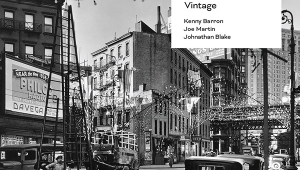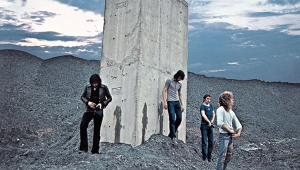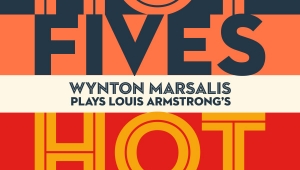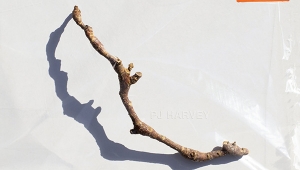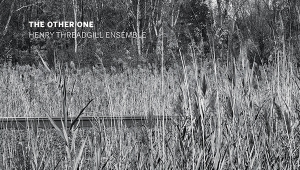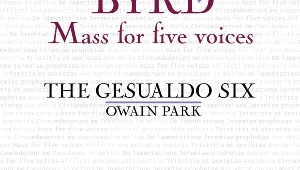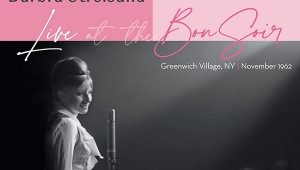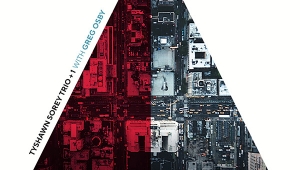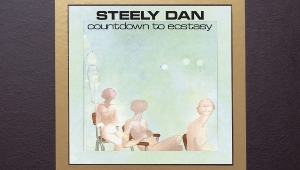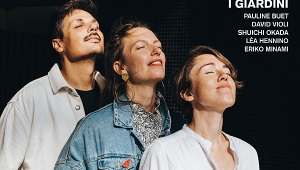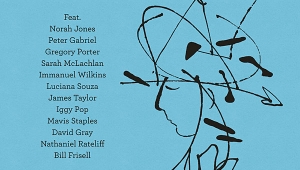| Columns Retired Columns & Blogs |
James Boyk, who co-engineered this recording, sent me the following comment:
"For what it's worth. and speaking as one involved in the engineering of Sheffield LAB 24, JGH guessed wrong about the miking. The ribbons were indeed coincident, not spaced. (And contrary to what he implies, such a "Blumlein pair" portrays depth superbly.) As for the dynamics, and assuming he was listening via speakers, I suspect the limiting factor was not the LP but his playback system. Very few systems can handle the dynamic range of that recording at any average level that listeners are likely to find appropriate." - James Boyk, Performance Recordings.
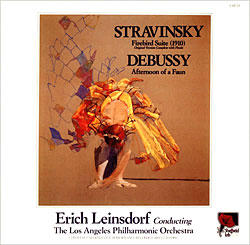 Stravinsky: The Firebird (1910 Suite)
Stravinsky: The Firebird (1910 Suite)


